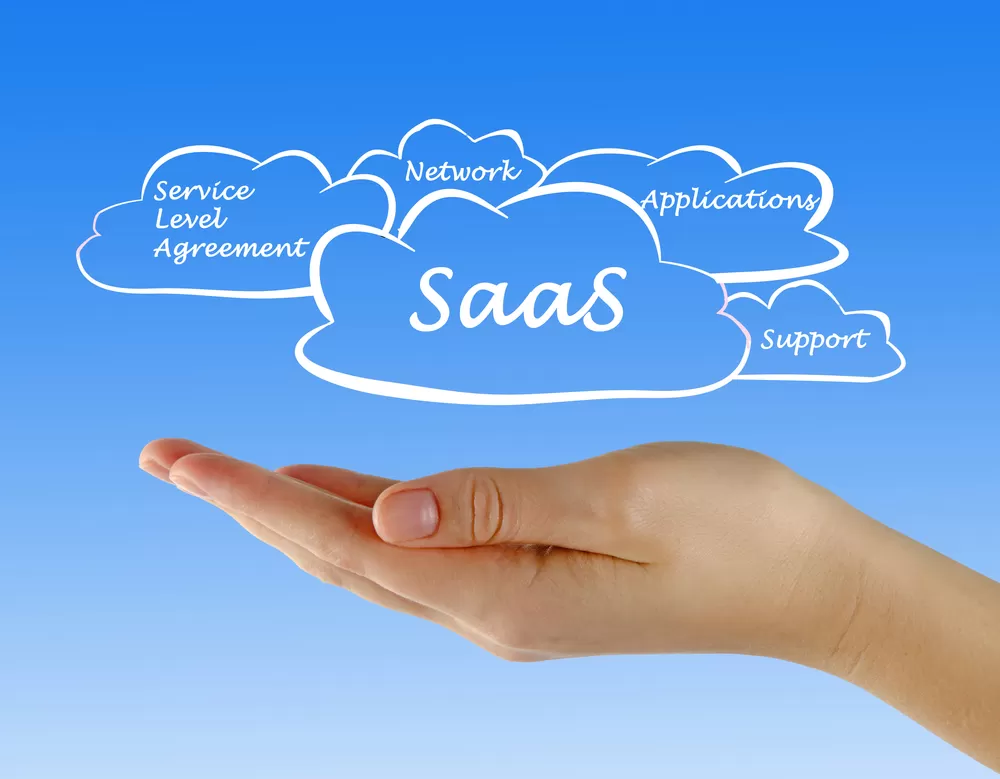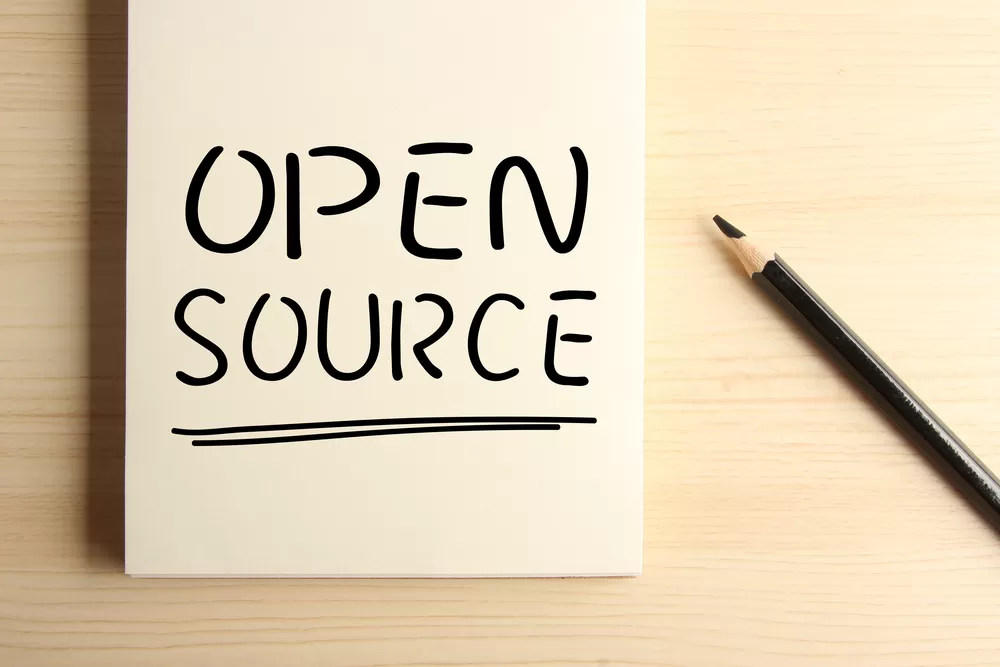Software as a Service, commonly referred to as SaaS, is a method for delivering software through the Internet. Pricing is generally set up as a monthly fee for accessing the service. Many businesses are choosing to utilize SaaS because of the convenience and flexibility that this option offers.
If you have never subscribed to a SaaS solution before and are looking into this option for your human resources management, it’s best to learn a little bit about SaaS and perform due diligence before you commit.
Cloud Computing
Three categories of services fall under cloud computing: SaaS, Platform as a Service (PaaS), and Infrastructure as a Service (IaaS). These options may be valuable to businesses operating in different industries to varying degrees. Some companies may benefit from using different cloud computing solutions to manage different business areas.
SaaS Applications
SaaS can be used to manage many different business technologies. Human resources is one of the main areas companies are finding benefits in using SaaS. Email, sales, billing, customer relations, and financial planning are other business aspects that can be managed using SaaS solutions.
Using SaaS Solutions
When a business subscribes to a SaaS solution, the users access the software through the internet using login codes. The provider hosts the solution, running the application on their own servers.
The provider maintains the solution and makes sure that it remains secure. Providers are responsible for updating the system, continuously managing security, patching glitches, and providing support as needed for clients. Clients simply use the system for their needs and contact the provider as needed to rectify any issues.
Benefits of SaaS
Companies that subscribe to SaaS benefit from having access to a solution that is kept up to date by providers. SaaS solutions often integrate easily with existing solutions. There is no need for extraneous hardware – saving the expense, space, and time that would be needed to host an on-premise solution.
For companies that are just starting to use software to manage business needs such as human resources, SaaS provides a simple and cost-effective way to update systems so that labor hours are saved and records are better maintained. Most providers offer a pay-as-you-go pricing schematic, mitigating upfront costs, as well.
Drawbacks to SaaS
The basic model that makes SaaS so convenient – having solutions hosted off-premise – also introduces a few potential problems. For one, control over security is mostly out of the hands of the business using the service. While this can be a relief of responsibilities, it also puts a business in a position of powerlessness if security breaches arise.
If a provider goes out of business, it can also wreak havoc on companies that have been relying on their services. Even if the provider is as helpful as possible, offering assistance in exporting the data contained within the system to a new solution it can mean wasted labor hours and a scramble to find a new solution. In the worst case, it may even cause business downtime that can impact the bottom line.
SaaS solutions have helped many businesses to improve processes and become more efficient. Trust and fit are important, however, as a business is relying heavily on a vendor to provide excellent service and keep their information secure. If you would like help finding a SaaS solution to improve human resources management within your company, visit our Software Match page.












